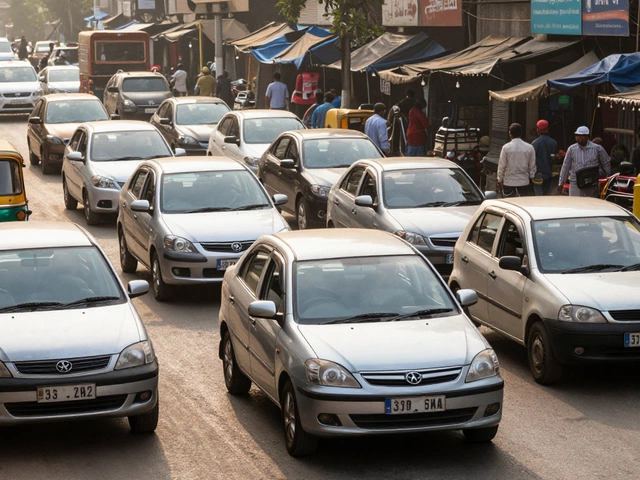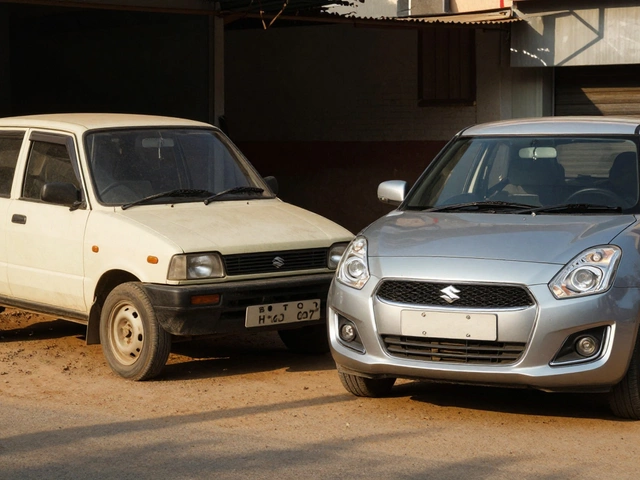PET Plastic: What It Is, How It’s Used, and Why It Matters in India’s Manufacturing Scene
When you grab a bottle of water or open a pack of ready-to-eat snacks, you’re holding PET plastic, a lightweight, clear, and recyclable thermoplastic polymer widely used in packaging. Also known as polyethylene terephthalate, it’s one of the most common plastics in India’s consumer goods supply chain. It’s strong enough to hold carbonated drinks, transparent enough to show off the product inside, and cheap enough for mass production—exactly why brands rely on it.
PET plastic doesn’t just show up in bottles. It’s in food trays, medicine blister packs, textile fibers for clothing, and even in the packaging of electronics. What makes it tricky is that while it’s technically recyclable, most of it ends up in landfills or open dumps. India generates over 3 million tons of plastic waste every year, and PET makes up a big chunk of that. Manufacturers know this. So do regulators. That’s why companies are starting to look at recycled PET—rPET—as a way to cut costs and meet new environmental rules.
Some Indian factories now blend rPET with virgin plastic to make packaging that meets safety standards while reducing new plastic use. Others are partnering with local recyclers to collect used bottles and turn them back into flakes or pellets. It’s not perfect yet—collection systems are patchy, sorting is manual, and contamination is high—but progress is happening. And it’s not just about being green. Consumers are asking for it. Retailers are demanding it. Banks and investors are starting to tie funding to sustainability metrics.
Meanwhile, global giants like Dow and Indorama Ventures are expanding their PET production in India, drawn by low labor costs and growing demand. But with that growth comes pressure—to reduce waste, improve recycling rates, and design packaging that’s easier to reuse. The question isn’t whether PET plastic will disappear. It won’t. The question is whether Indian manufacturers will lead in making it smarter, cleaner, and more circular.
You’ll find posts here that dig into who’s producing the most PET waste, how recycling works on the ground in India, why some brands are switching to alternatives, and what it really costs to build a plastic recycling line. There’s no fluff. Just facts, numbers, and real examples from factories, recyclers, and supply chains that are trying to do better.
What Is the Number 1 Under Plastic Bottles? Understanding Resin Identification Codes
The number 1 under plastic bottles identifies PET plastic, the most common material for water and soda containers. Learn what it means, how it's recycled, and why it matters for the environment.
Read More




